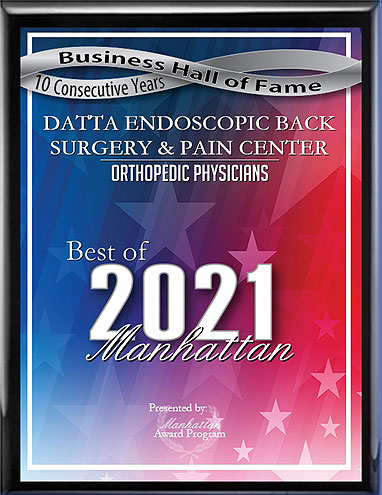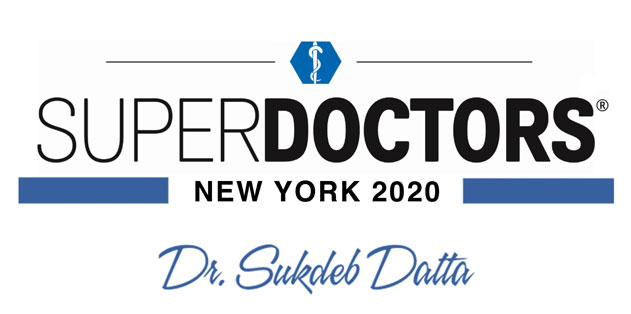The spine is divided into three major sections: the cervical spine, which is located in the neck, the thoracic spine, which is the upper back, and the lumbar spine, which is the lower back. While the spinal cord runs through the cervical and thoracic spine, by the lumbar spine it becomes a bundle of nerves known as the cauda equina.
The lumbar spine has a relatively large range of motion and bears more weight than the other parts of the spine. As such, the majority of spine pain occurs in the lumbar spine. Most pain is caused by issues with the muscles, which will usually resolve within a few days. However, a minority of pain is caused by underlying spine conditions such as problems with the discs and the vertebrae of the spine. These conditions can press against the nerve roots, causing symptoms such as back pain, sciatica, and muscle weakness or tingling in the legs.
There are a wide variety of treatments available for lumbar spine issues. The first line of treatment will almost always be conservative treatments such as medication or physical therapy and chiropractic treatment, which help to prevent the spine from bearing more weight than it should and promote the flow of nutrients to the spine. The next option may be epidural steroid injections, a more invasive way of reducing inflammation. Finally, surgery may be used; most spine conditions can be treated with minimally invasive laser spine surgery when necessary.
After undergoing spine pain treatment, patients should consider taking steps to lower the risk of future flare-ups, including:
The lumbar spine has a relatively large range of motion and bears more weight than the other parts of the spine. As such, the majority of spine pain occurs in the lumbar spine. Most pain is caused by issues with the muscles, which will usually resolve within a few days. However, a minority of pain is caused by underlying spine conditions such as problems with the discs and the vertebrae of the spine. These conditions can press against the nerve roots, causing symptoms such as back pain, sciatica, and muscle weakness or tingling in the legs.
There are a wide variety of treatments available for lumbar spine issues. The first line of treatment will almost always be conservative treatments such as medication or physical therapy and chiropractic treatment, which help to prevent the spine from bearing more weight than it should and promote the flow of nutrients to the spine. The next option may be epidural steroid injections, a more invasive way of reducing inflammation. Finally, surgery may be used; most spine conditions can be treated with minimally invasive laser spine surgery when necessary.
After undergoing spine pain treatment, patients should consider taking steps to lower the risk of future flare-ups, including:
- Regularly performing exercises to prevent and reduce pain in the lower back
- Staying physically active in general
- Using good posture, which can't prevent spine conditions but can reduce pain
- If obese, losing at least 10% of your body weight
- Using proper lifting technique, especially if you have a physically strenuous job
Lumbar spine pain is highly treatable, although it can be excruciating until the time when you get effective treatment. To learn more about treatment, please click below or call the Datta Endoscopic Back Surgery and Pain Center at (646) 374-1799.






 EDISCSCULPT
EDISCSCULPT



